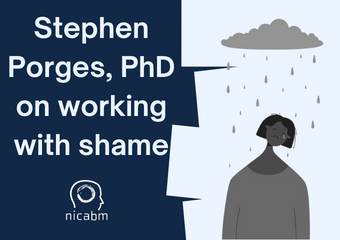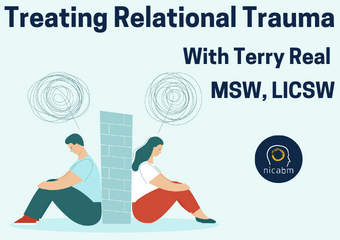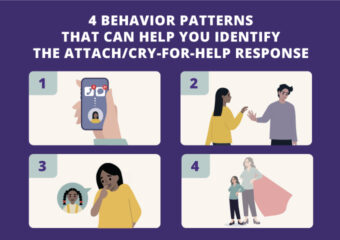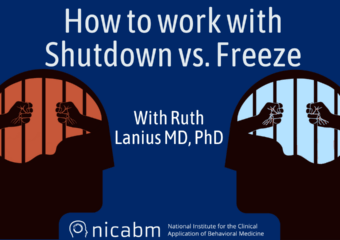According to Stephen Porges, PhD, some of our traditional psychotherapeutic approaches to working with shame may inadvertently amplify it. So in the video below, Stephen outlines a Polyvagal approach that can help us avoid reinforcing shame, and instead, resource clients to regulate themselves as they process that shame. Have a look. Click here for […]
Treating Relational Trauma – with Terry Real, MSW, LICSW
For many clients, the effects of trauma can impact almost every relationship they have – from casual to the most intimate.So how can we address the relational side of trauma while also helping clients process traumatic events? In the video below, Terry Real, MSW, LICSW shares a case example to help illustrate how you might […]
Working with Trauma-Induced Shame – with Bessel van der Kolk, MD
When we begin to work through a client’s trauma history, shame can sometimes bring the therapeutic process to a standstill. So, how do we help clients begin to unpack deep layers of shame without halting their progress? In the clip below, Bessel van der Kolk, MD gets into a parts approach for working with trauma-induced […]
[Infographic] 4 Signs of the Attach/Cry-for-Help Response
When people are in distress, seeking out the support and comfort of others can be a natural response. But for clients who’ve experienced trauma, this response can sometimes signal something more. Their persistent attempts to elicit help from others may indicate that they’re stuck in the attach/cry-for-help response. So how can we better recognize this […]
How to work with Shutdown vs. Freeze – with Ruth Lanius, MD, PhD
In the face of a traumatic experience, some clients become unable to move. This can sometimes indicate that a client is experiencing either a freeze response or a shutdown response to trauma. And according to Ruth Lanius, MD, PhD, there are key neurological differences that can help us distinguish between the two . . . […]




